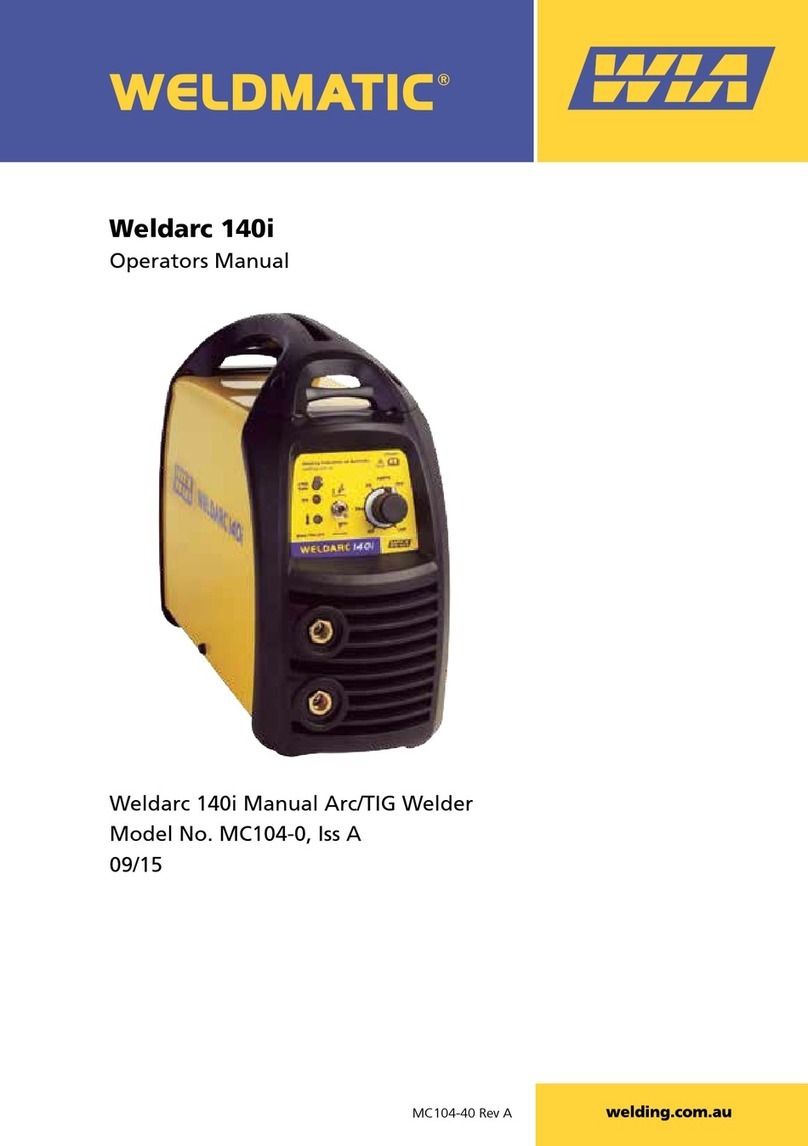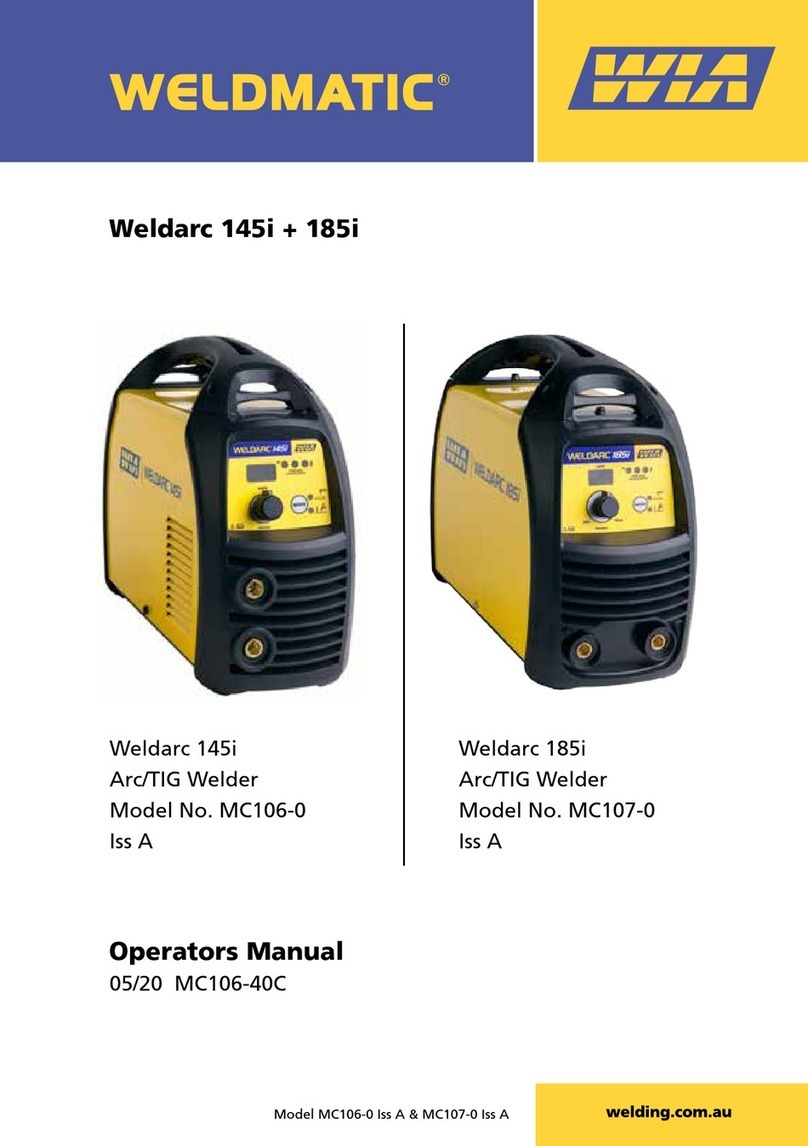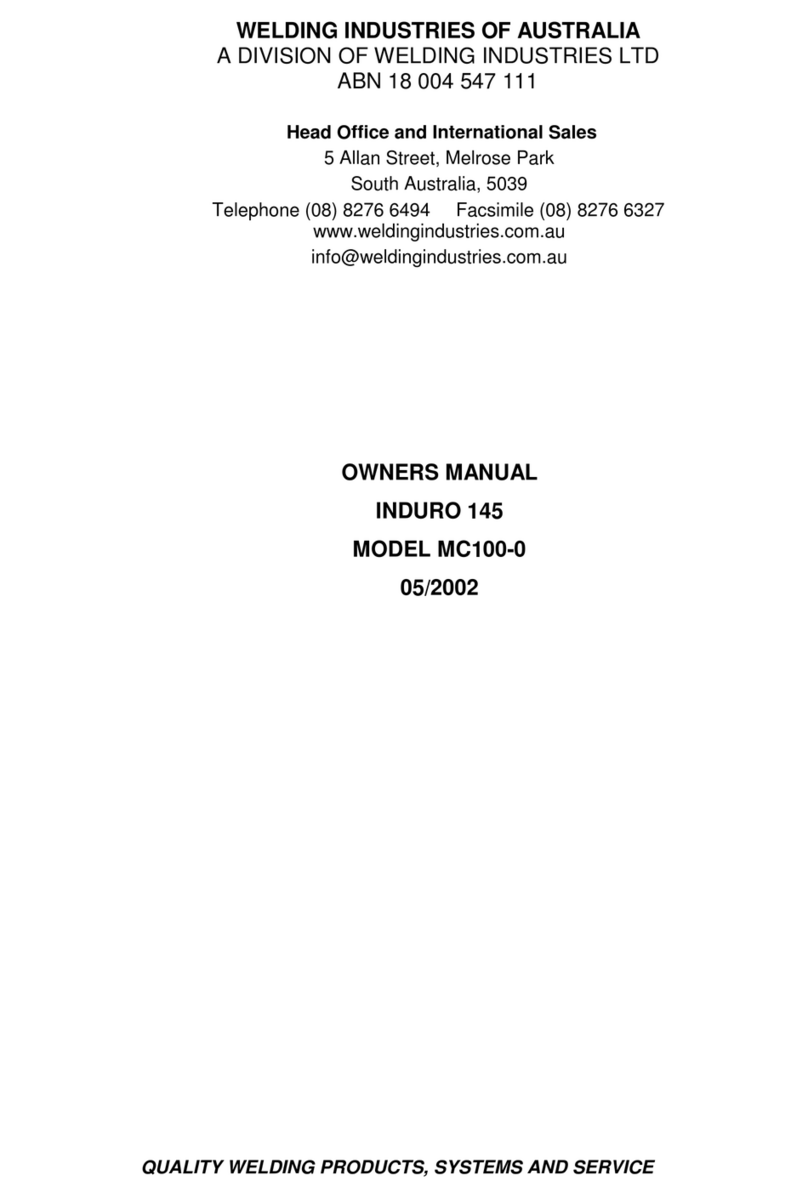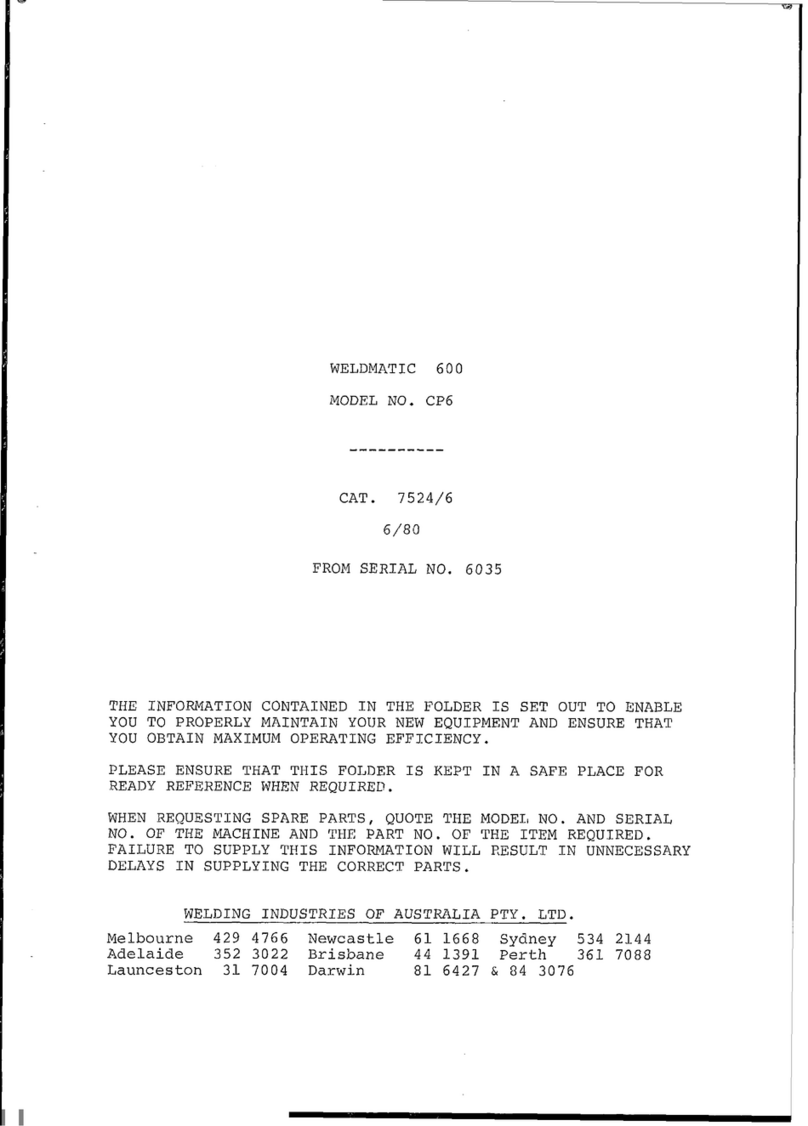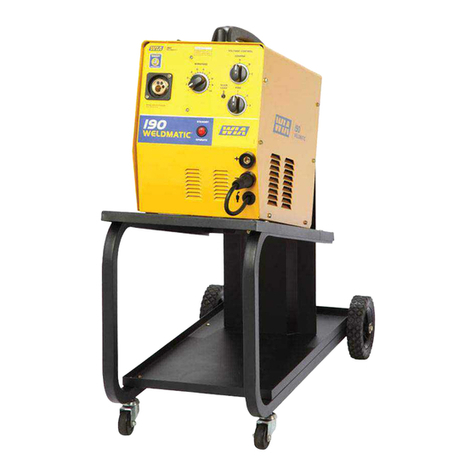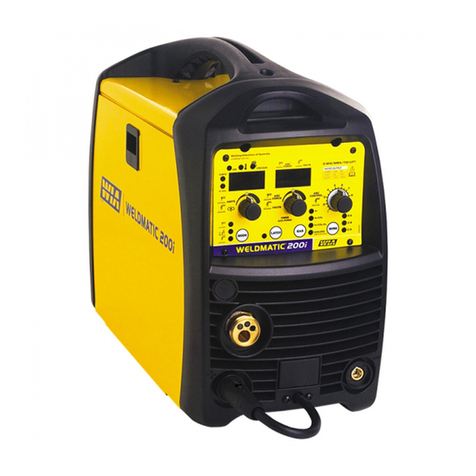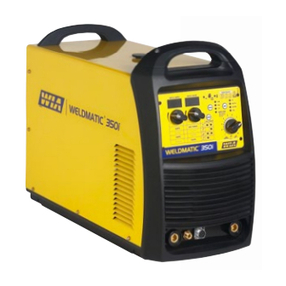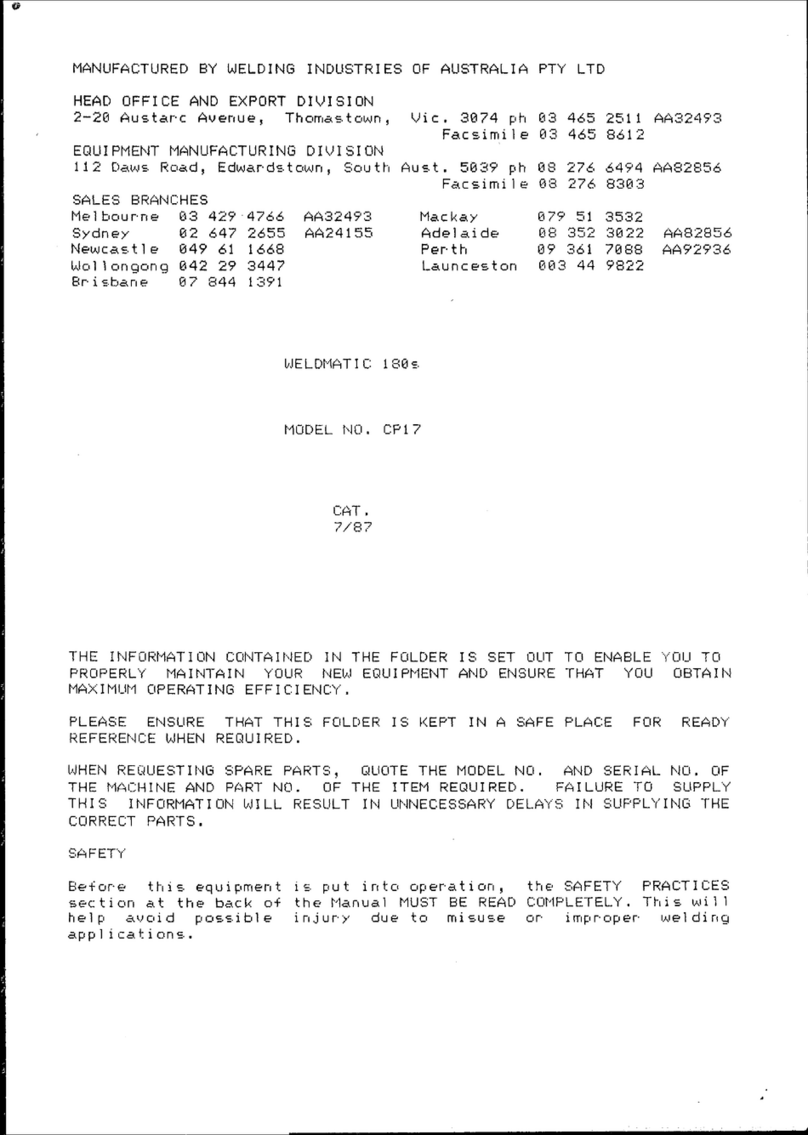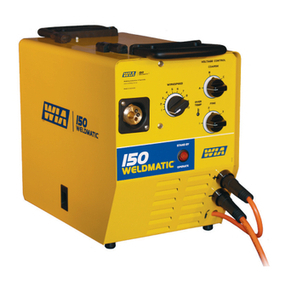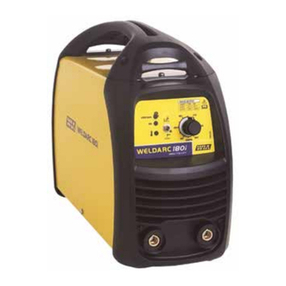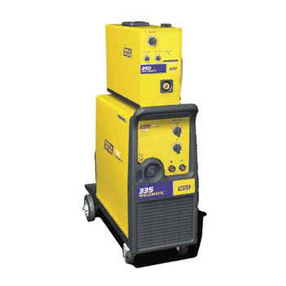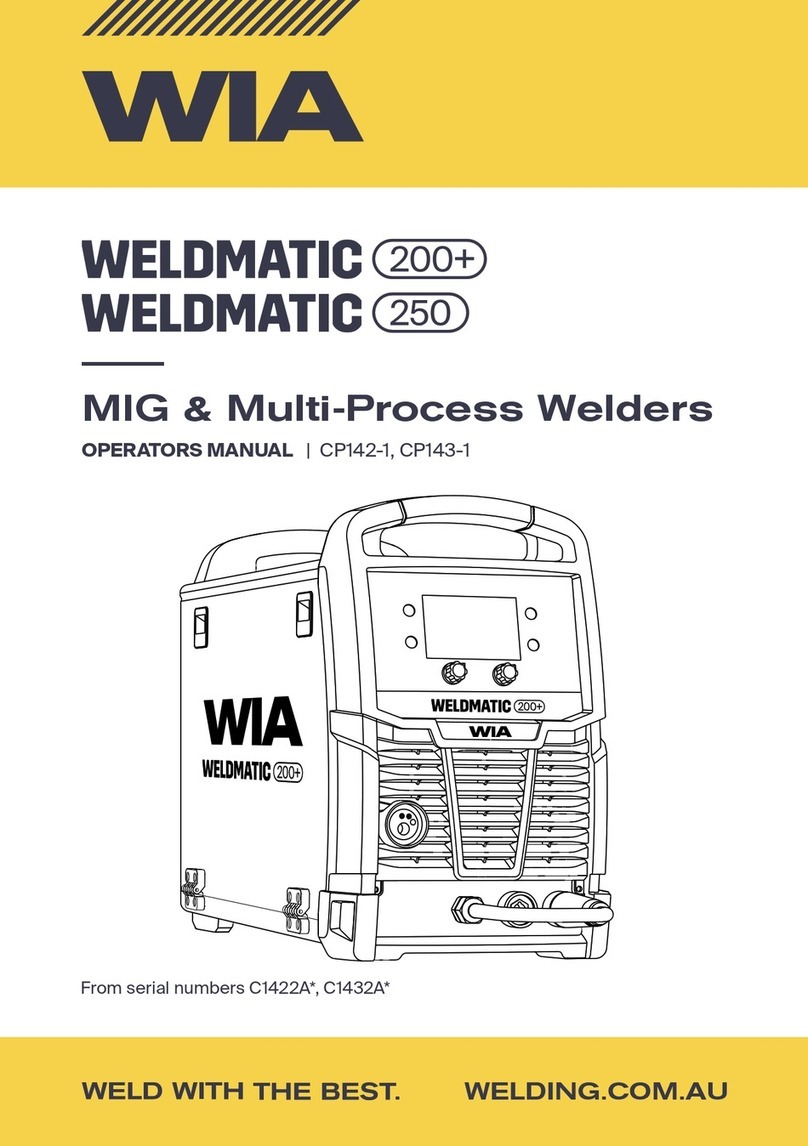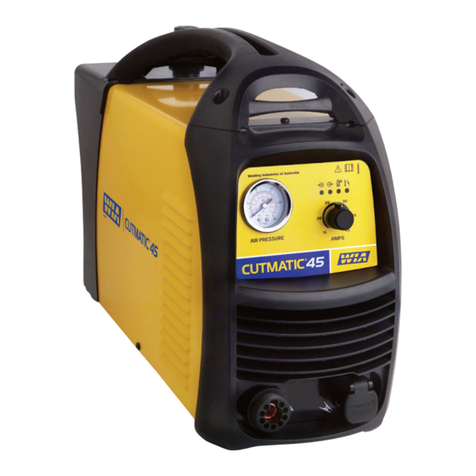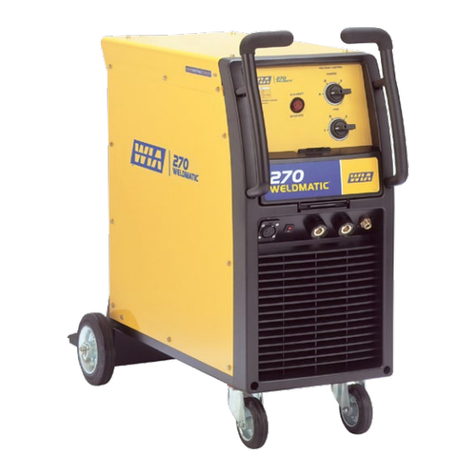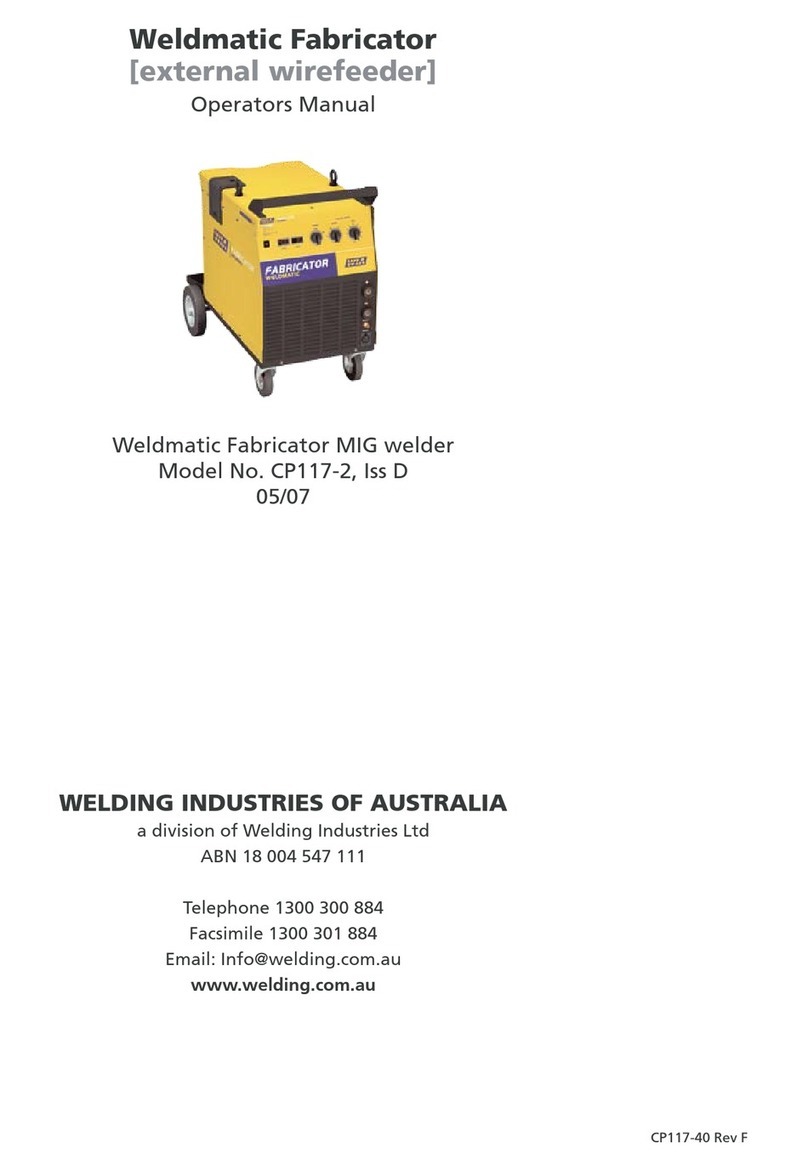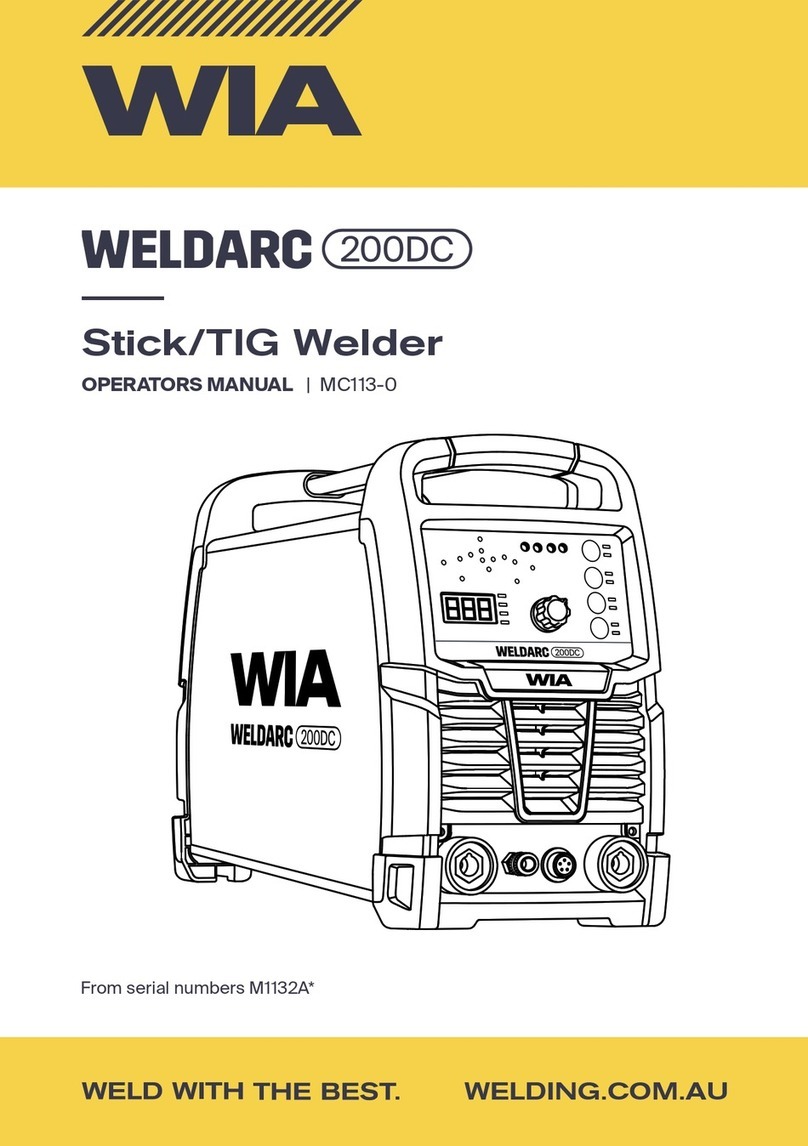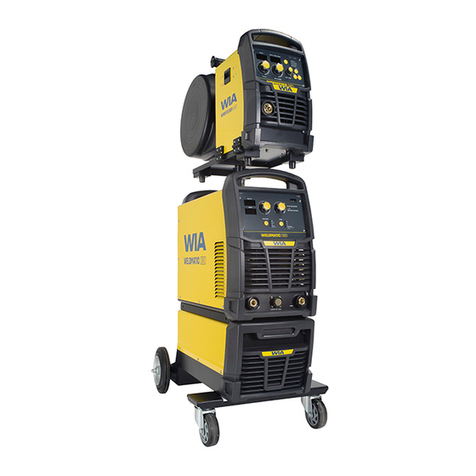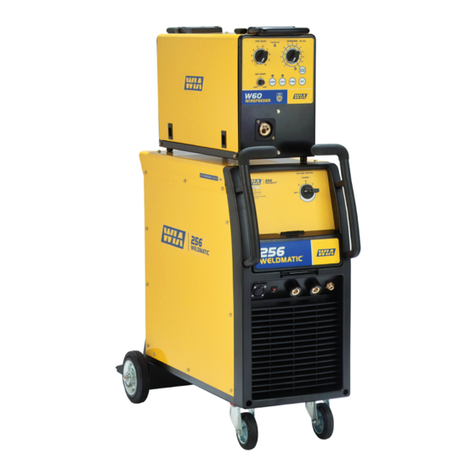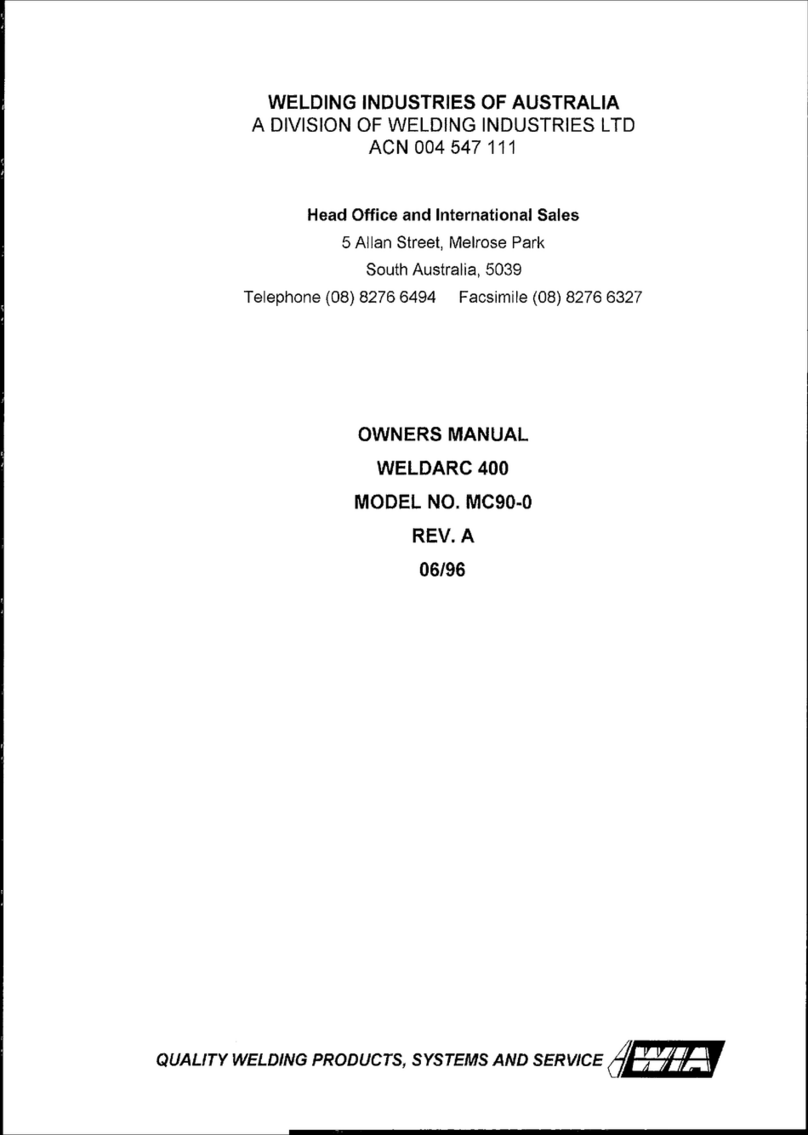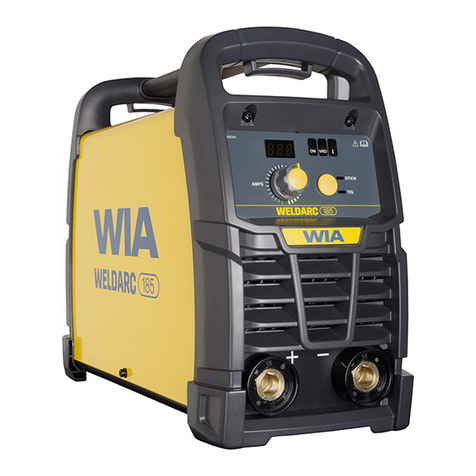
Page
2
TJGARC
150DC
MANUAL
Theinformationcontained in thismanual is setouttoenableyoutoproperly
maintain your new equipment and ensure that you obtain maximum operating efficiency.
Please ensure that this information is kept
in
a safe place for ready reference when
required at any future time.
When requesting spare parts, please quote the serial number of the machine and if
possible,thepartnumberoftheitemrequired.Allrelevantnumbersareshown in this
manual.Failuretosupplythisinformationmayresult in unnecessarydelays in supplying
the correct parts.
SAFETY
Before this equipment is putintooperation,theSAFEPRACTICESsectionatthe
back of the manual must be read completely. This will help to avoid possible injury due to
misuse
or
improper welding applications.
PLASTIC HANDLE
machine by hand only.
manner.
Please note that the handlefitted to the TIGARC 140DC is intended for carrying the
DO
NOT
usethishandleforsuspendingormountingthemachine in anyother
CONTENTS
SECTION
PAGE
1
...........................
Receiving
......................................................
.3
2..
.........................
Specifications..
..............................................
.4
3
...........................
Connection To Mains
....................................
.5
4,
..........................
Operation
......................................................
.5
5..
.........................
Maintenance.
................................................
..8
6
...........................
Fault Finding
.................................................
.8
7..
.........................
Service Information
......................................
..9
8.
..........................
Parts Lists
......................................................
10
9..
.........................
Safe Practices.
..............................................
.l3
FIGURE PAGE
1
...........................
GTAW Welding
.............................................
.5
2.
..........................
Connections For GTAW
.................................
6
3..
.........................
Connections For MMAW
...............................
.7
4.
..........................
MMAW Welding
............................................
.8
5
...........................
Circuit Diagram
.............................................
.9
6
...........................
Power
Source Assembly
...............................
l1
6.
..........................
GTAW Torch And Accessories
.....................
.l2
